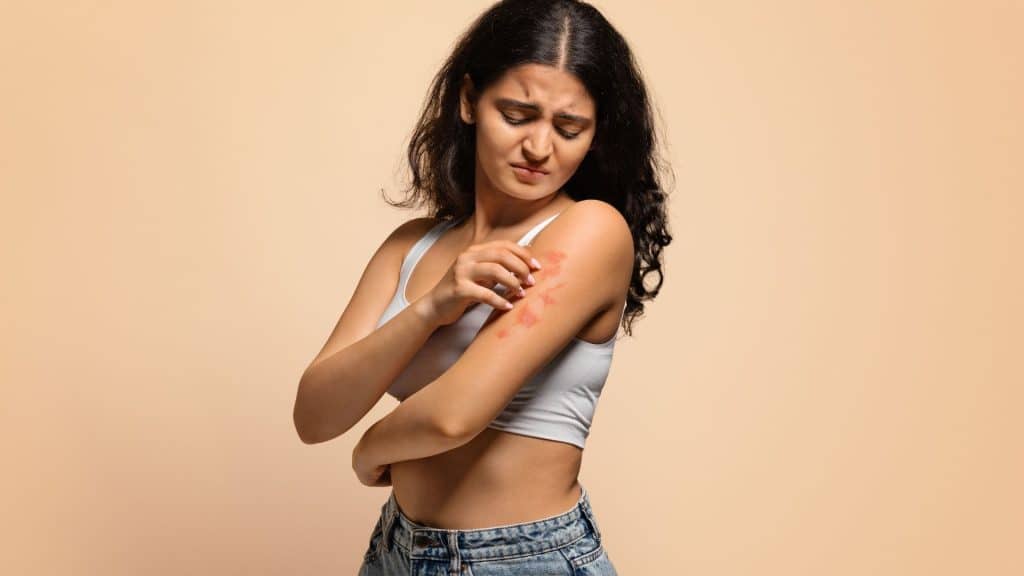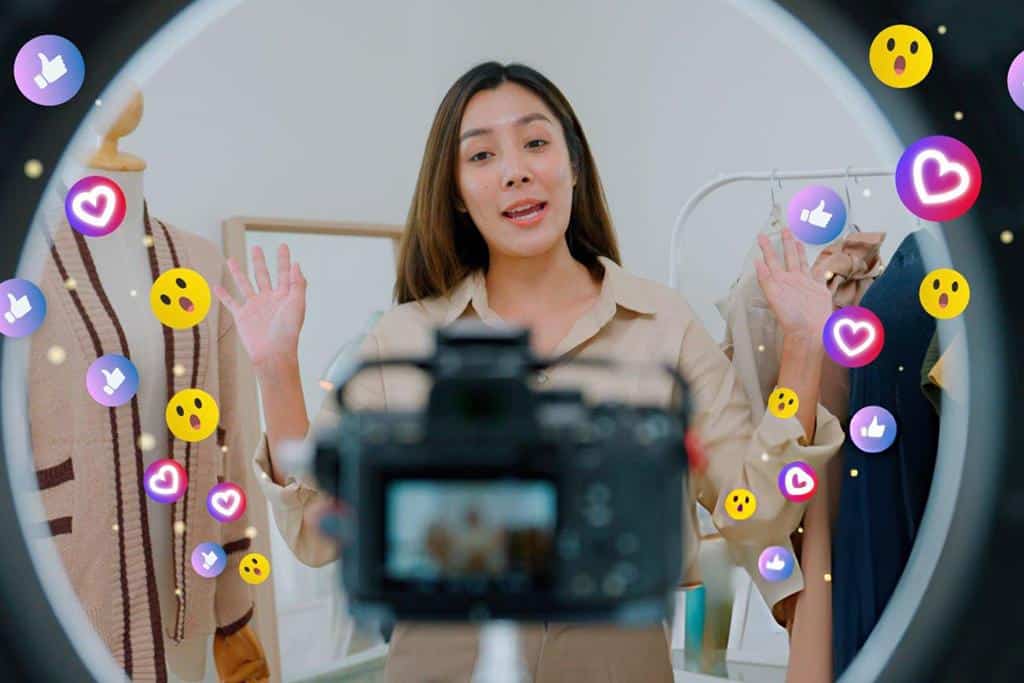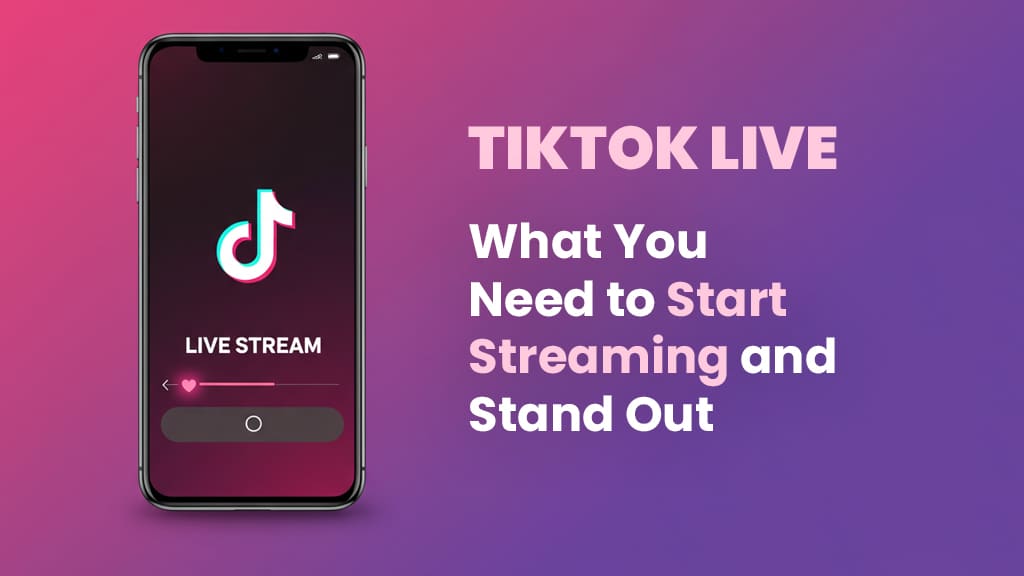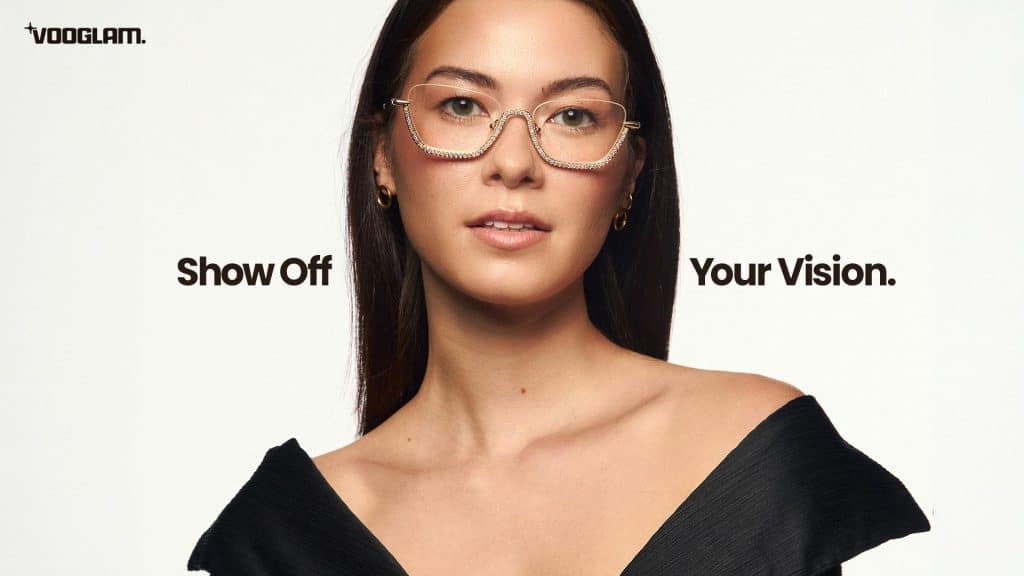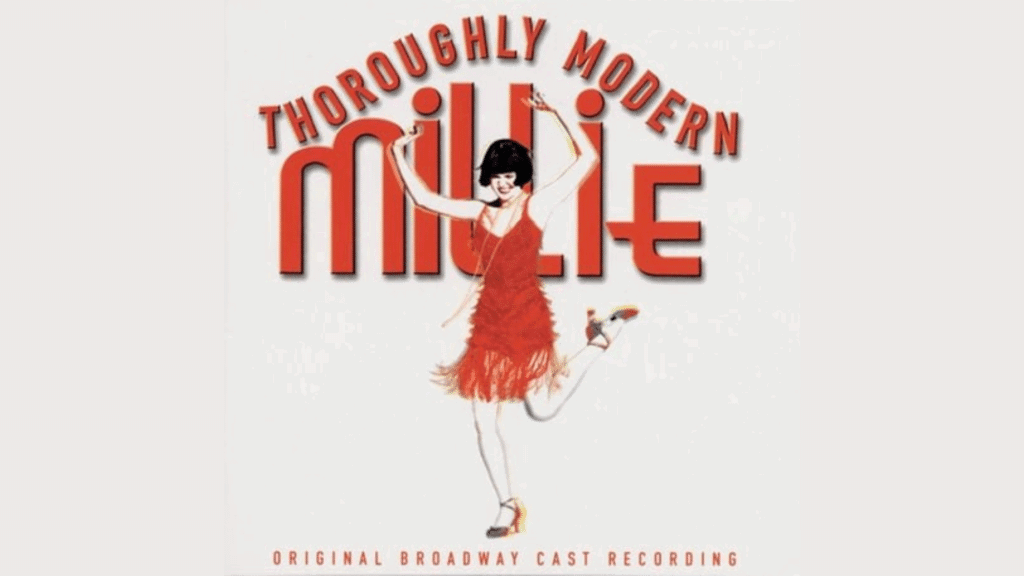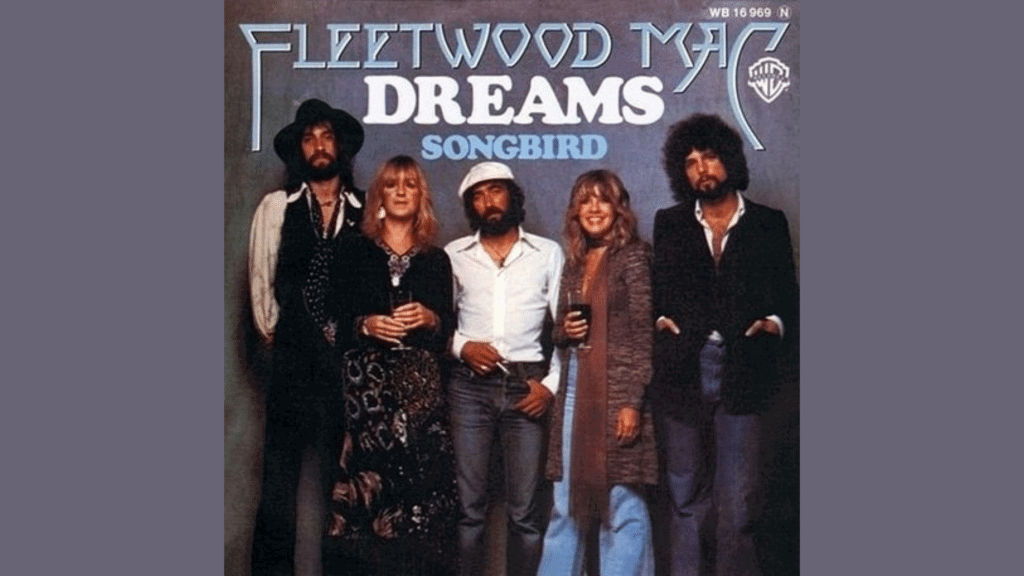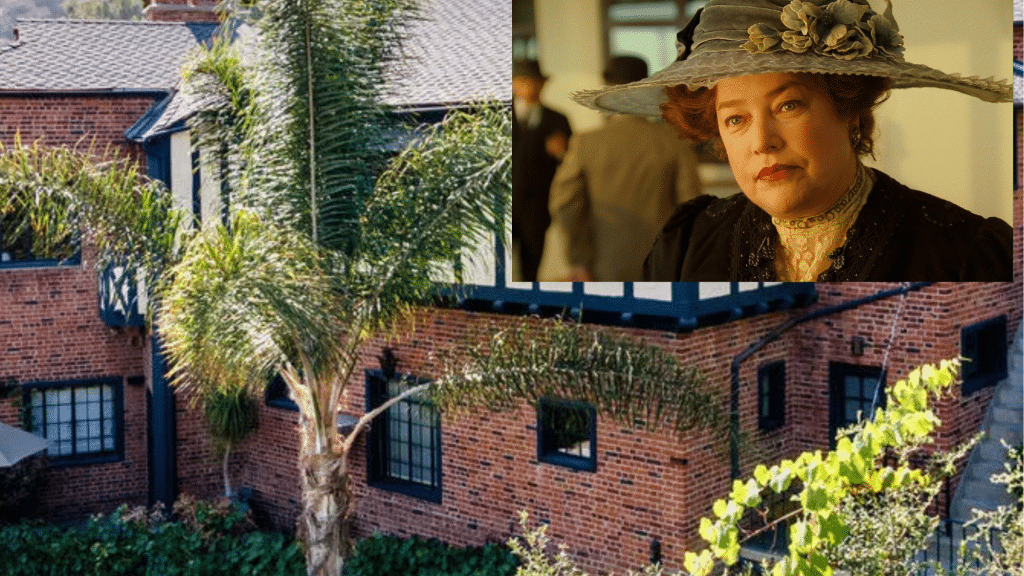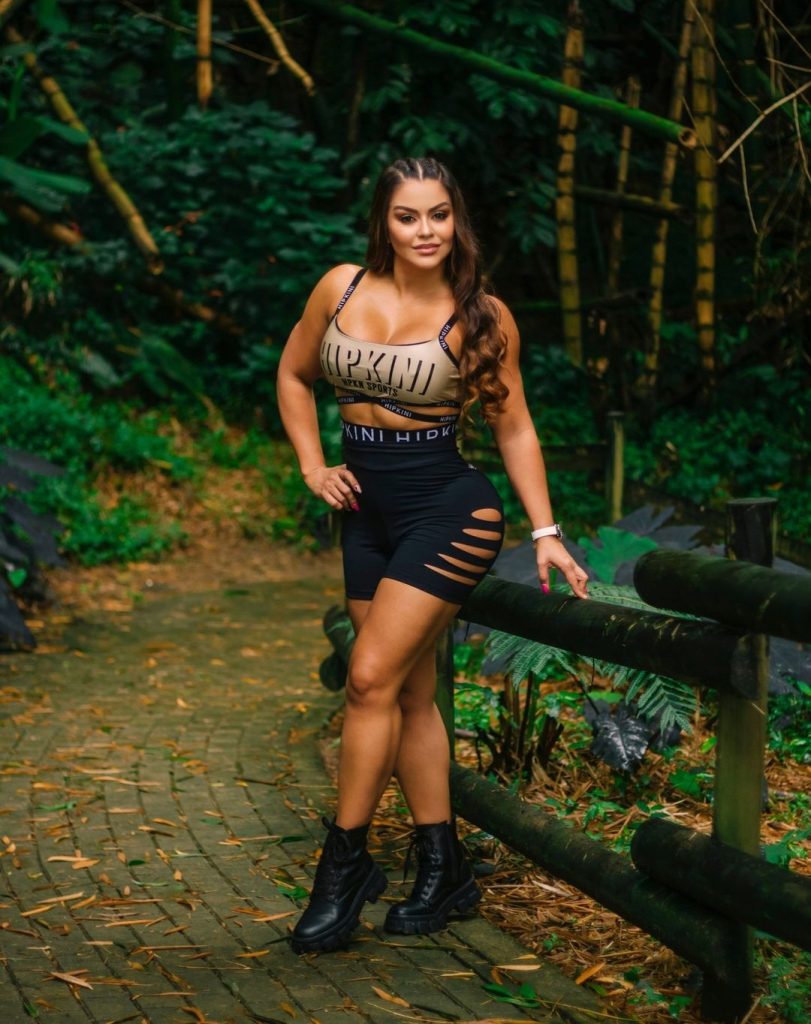Your skin feels like it’s on fire. You’ve slathered on creams, tried every prescription, and still—another flare-up.
Eczema doesn’t play fair. But what if relief didn’t come in a tube? LED therapy for eczema is changing the way people manage stubborn symptoms, using light to calm inflammation and help skin recover.
It’s painless, easy, and backed by science. Let’s take a closer look.
Key Notes
- LED therapy for eczema uses red and near-infrared light to reduce inflammation and support healing.
- Unlike UV treatments, LED therapy is safe for long-term use with no risk of skin damage.
- Sessions are quick and painless, with both professional and at-home options available.
- Consistency is key—regular treatments help prevent flare-ups and maintain healthier skin.
How LED Therapy for Eczema Works
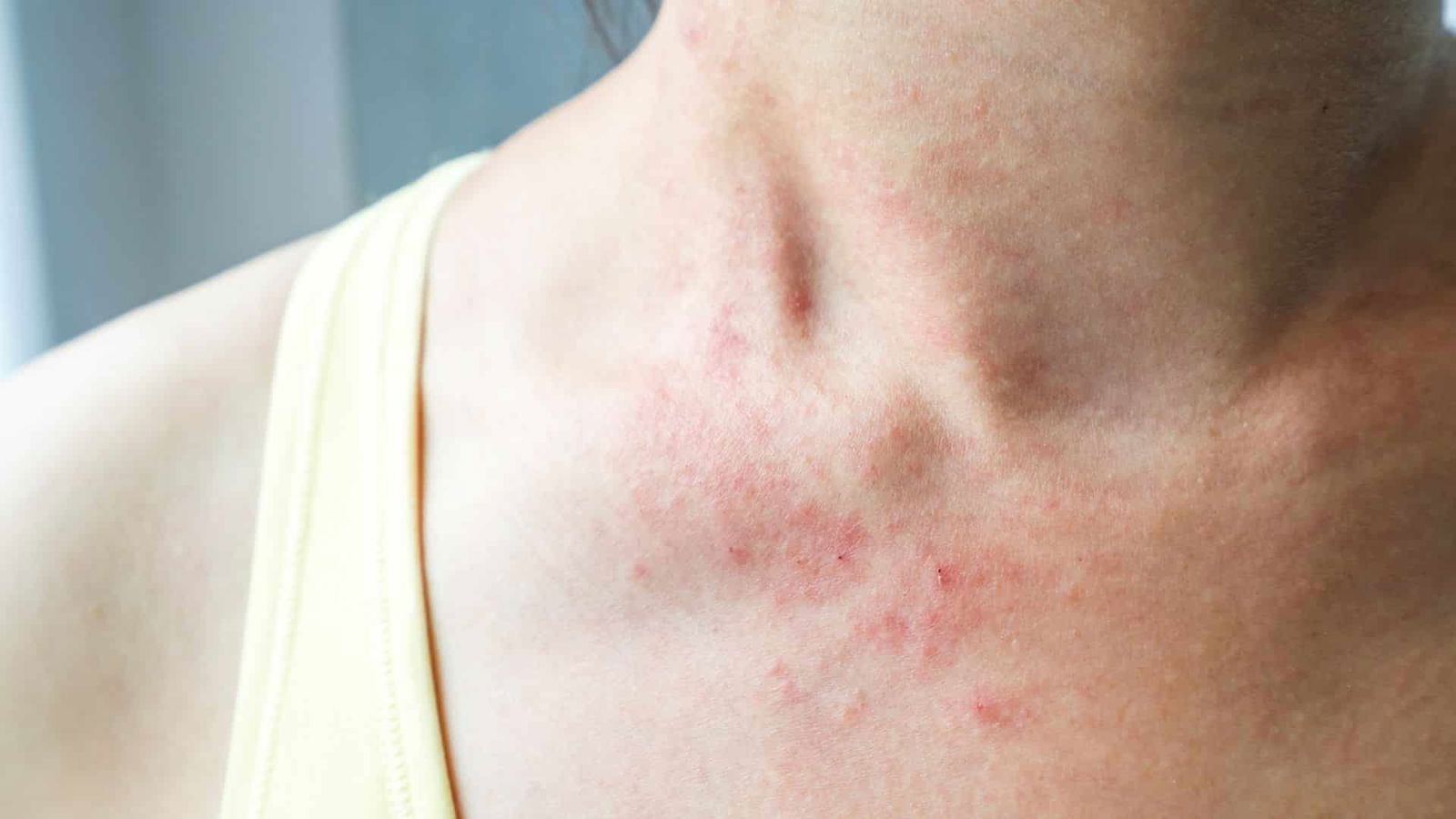
Eczema is an overreaction of the immune system, causing chronic inflammation and a weakened skin barrier. This leads to the dryness, itchiness, and irritation that many struggle with daily.
LED therapy for eczema works by using specific wavelengths of red and near-infrared light to calm the skin and encourage healing.
- Red light penetrates the surface layers, reducing inflammation and increasing circulation.
- Near-infrared light reaches deeper into the skin, easing swelling and discomfort.
The best part? No UV exposure. Unlike traditional phototherapy, LED treatments don’t come with risks like premature aging or increased skin cancer risk.
It’s painless, non-invasive, and requires no downtime, making it an easy option to incorporate into a daily routine. Plus, LED therapy isn’t just for eczema—blue and red light are also widely used to treat acne, helping to kill bacteria and reduce breakouts.
Types of Phototherapy for Eczema
While LED therapy for eczema is gaining popularity, there are other types of phototherapy used in dermatology.
Here’s how they compare:
Narrowband UVB Therapy
One of the most common light treatments for eczema, narrowband UVB therapy exposes the skin to a controlled amount of UVB light. This helps slow down the overactive immune response that triggers eczema flare-ups.
- Typically done in a dermatologist’s office
- Requires 2-3 sessions per week for several months
- Can be effective, but results vary
Risk: Long-term UV exposure can increase the risk of premature aging and skin cancer.
PUVA Therapy (Psoralen + UVA)
PUVA combines UVA light with a light-sensitizing medication called psoralen. It’s usually reserved for severe eczema that hasn’t responded to other treatments.
- Stronger than UVB therapy
- Used for widespread or treatment-resistant eczema
Risks: Potential for nausea, sunburn-like reactions, and long-term skin damage. Protective eyewear is required during and after treatment.
Because of these risks, many people are turning to LED therapy for eczema as a safer alternative.
What to Expect from LED Therapy
Thinking about trying LED therapy for eczema? Here’s what a typical treatment looks like:
- It’s painless. No burning, no stinging—just gentle light exposure.
- Sessions are short. Most treatments last 10-20 minutes.
- No downtime. You can go back to your day immediately after.
- Consistency matters. Regular sessions, whether at a clinic or at home, yield the best results.
Professional treatments at a dermatologist’s office tend to be more powerful, but at-home LED devices have made this therapy more accessible than ever.
Is LED Therapy Safe?
Compared to traditional phototherapy, LED therapy for eczema has a strong safety profile. However, as with any treatment, there are things to keep in mind.
Short-Term Side Effects:
- Mild redness or warmth in the treated area
- Temporary skin sensitivity
Long-Term Considerations:
- Overuse can reduce effectiveness over time
- Some people respond better than others
Unlike UV-based treatments, LED therapy does not damage DNA or increase the risk of skin cancer, making it a much safer option for long-term use.
Who Can Benefit from LED Therapy?
Not sure if LED therapy for eczema is right for you? It may be worth considering if:
- Topical treatments aren’t working. If steroid creams and moisturizers only provide short-term relief, LED therapy could offer longer-lasting benefits.
- You want a non-invasive option. No needles, no prescriptions, no harsh side effects.
- Your eczema is mild to moderate. While it can help with symptom management, severe cases may still require additional treatments.
- You’re looking for long-term maintenance. LED therapy won’t “cure” eczema, but it can help prevent flare-ups and keep skin healthier over time.
For severe or treatment-resistant eczema, a dermatologist can help determine whether LED therapy should be used alongside other medical treatments.
How LED Therapy Fits Into an Eczema Treatment Plan
LED therapy for eczema works best when combined with other treatment strategies. Here’s how to maximize your results:
Moisturize, Moisturize, Moisturize
LED therapy helps heal the skin, but hydration is key to maintaining results. Use moisturizers with ceramides to keep your skin barrier strong.
Identify Triggers
LED therapy can calm eczema symptoms, but avoiding triggers—like allergens, stress, and harsh skincare products—will help keep flare-ups at bay.
Consider Other Medical Treatments
For more stubborn eczema, LED therapy can be combined with prescription creams or medications to enhance results. Some people also benefit from biologics, which target the immune system’s overreaction.
Frequently Asked Questions
Can LED therapy be used on children with eczema?
Yes, but it’s best to consult a pediatric dermatologist. Many at-home devices are designed for adults, and children’s skin can be more sensitive to light exposure.
How soon can I expect results from LED therapy for eczema?
Some people notice reduced itching and redness within a few weeks, but significant improvements often take 6–8 weeks of consistent use.
Does LED therapy help with eczema scarring?
Yes, red light therapy can promote collagen production, which may help fade scars and improve skin texture over time.
Can I use LED therapy if I have photosensitivity?
If you have a condition like lupus or take medications that increase light sensitivity, check with your doctor before starting LED therapy.
Is LED therapy effective for all types of eczema?
While it can help with atopic dermatitis and contact dermatitis, its effectiveness for dyshidrotic or nummular eczema varies. Severe cases may require additional treatments.
Can I combine LED therapy with other light treatments?
Generally, it’s not recommended to mix LED therapy with UV-based phototherapy, as too much light exposure can irritate the skin. Always follow a dermatologist’s guidance.
Conclusion
Eczema is stubborn, but relief isn’t out of reach. LED therapy for eczema offers a safe, non-invasive way to calm inflammation and support skin repair.
Unlike UV-based treatments, it carries no risk of long-term damage, making it a practical option for ongoing care. Consistency is key—regular sessions can help keep flare-ups under control, especially when combined with a solid skincare routine.
While it’s not a cure, many people find it makes a real difference in managing symptoms. If you’re considering adding LED therapy to your treatment plan, talk to a dermatologist to see if it’s the right fit for your skin.

